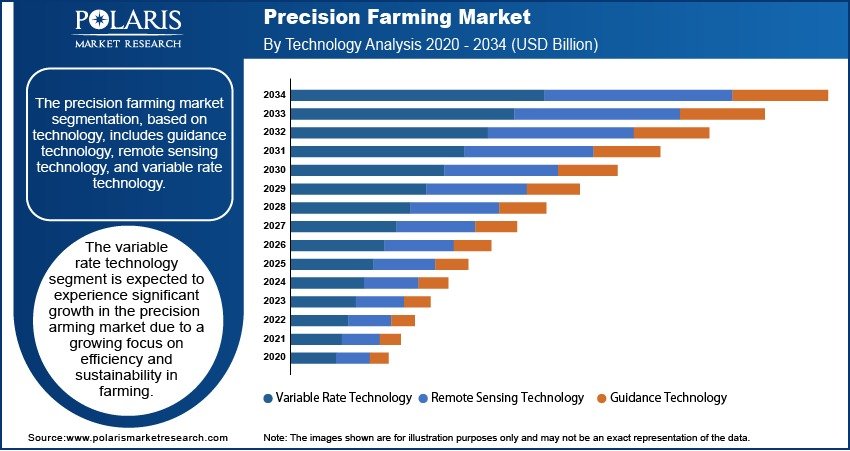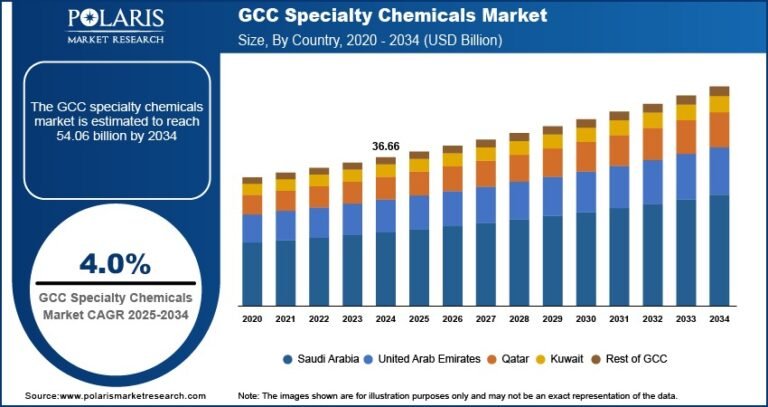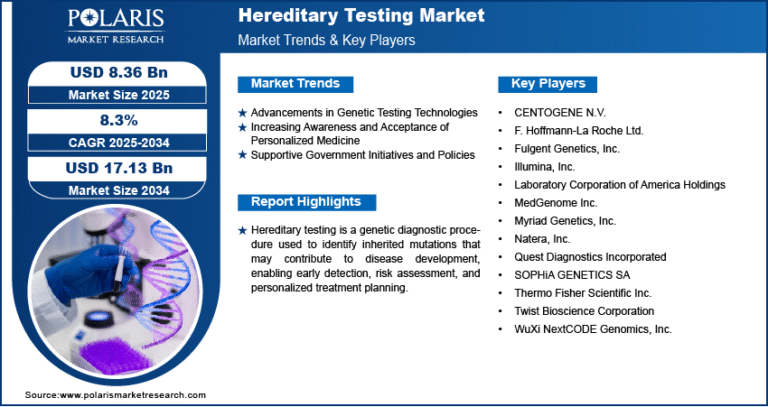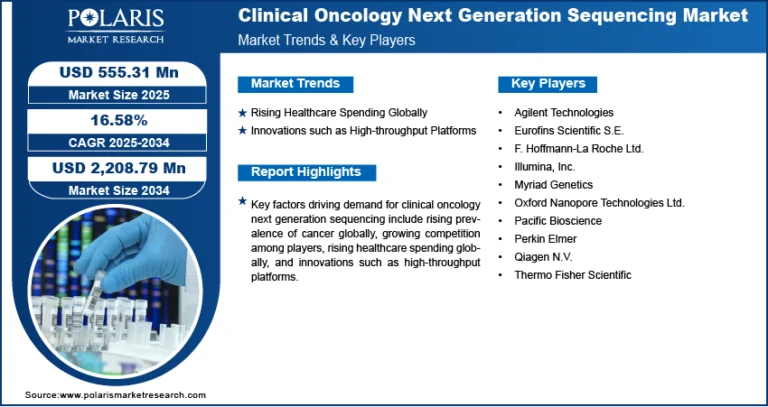Precision Farming Market Projected to Reach USD 49.29 Billion By 2034, Growing at a CAGR of 13.1%

- Asia Pacific Emerges as Key Market: The Asia Pacific region accounted for the largest revenue share in 2024, driven by increasing adoption of advanced agricultural technologies, growing population, and government initiatives promoting smart farming practices.
- Mexico Anticipated to Exhibit Highest Growth: On a country level, Mexico is expected to register the fastest growth rate during the forecast period, supported by rising investments in agriculture technology and favorable climatic conditions.
- Growing Adoption of IoT and AI in Agriculture: Integration of Internet of Things (IoT), artificial intelligence (AI), and data analytics is transforming traditional farming methods into intelligent, data-driven operations, enhancing productivity and resource efficiency.
- Smart Irrigation and Soil Monitoring Systems Gain Traction: With increasing water scarcity and need for sustainable farming, precision irrigation systems and soil monitoring tools are witnessing widespread adoption across both developed and emerging markets.
- Expansion of Drone and Satellite Imaging Technologies: Drones and satellite-based imaging are increasingly being used for crop monitoring, yield prediction, and field analysis, offering farmers real-time insights and actionable data.
- Market Size in 2024 – USD 14.47 billion
- Market Size in 2025 – USD 16.32 billion
- Projected Market Size by 2034 – USD 49.29 billion
- CAGR (2025–2034) – 13.1%
Precision farming involves the use of advanced technologies such as GPS, sensors, drones, and farm management software to optimize agricultural processes and improve yields. It enables farmers to monitor crop health, manage irrigation, apply fertilizers and pesticides more efficiently, and make informed decisions based on real-time data. As the global demand for food continues to rise due to an expanding population and changing dietary habits, precision farming has become essential in ensuring sustainable and efficient agricultural production. Additionally, advancements in connectivity, cloud computing, and automation have further accelerated the adoption of precision farming solutions worldwide.





